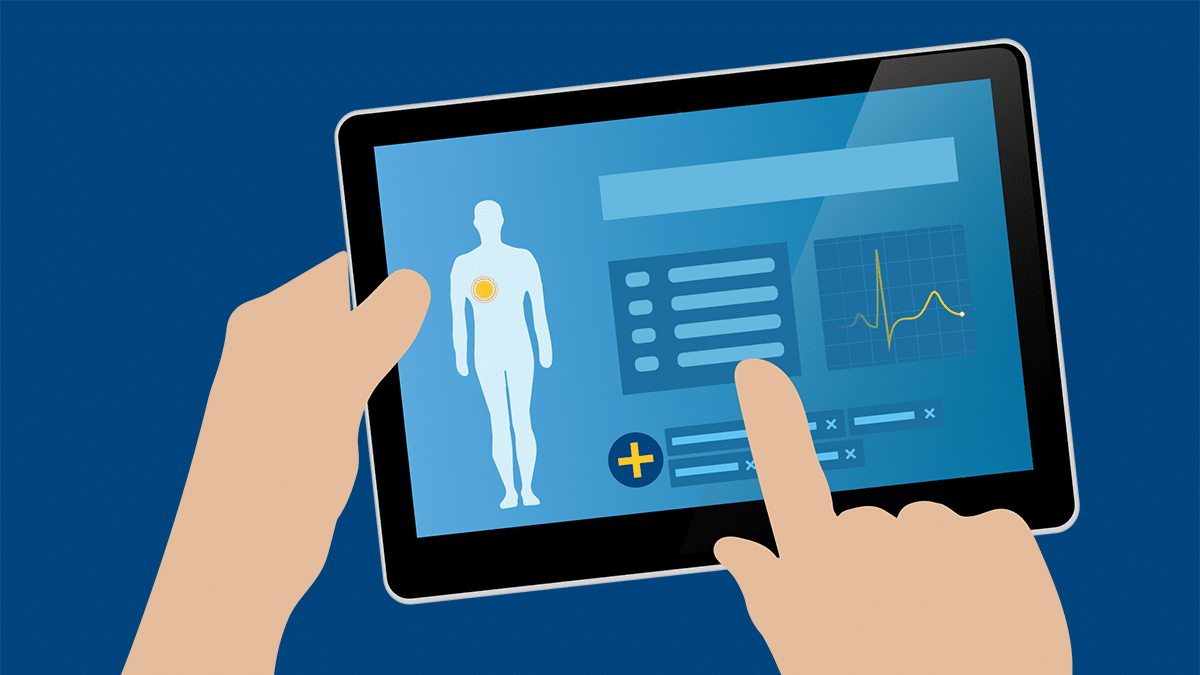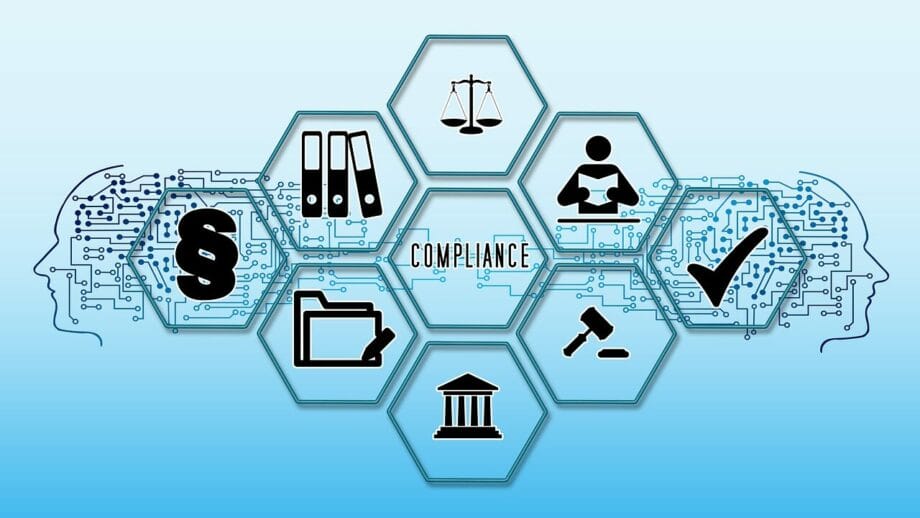If you’re handling billing at a nursing facility, you know how fast things can spiral. Residents move in and out, insurance rules shift, care plans evolve, and your team is expected to keep everything updated.
One mistake in coding or one missed step in documentation can have consequences that range from delayed payments to regulatory headaches.
You don’t get the luxury of slowing down. That’s why Artificial Intelligence (AI) is starting to play a more significant role in helping you manage the madness. With the right tools, you can clean up your workflows, cut down on repetitive tasks, and bring a sense of order to an area that constantly feels just out of control.
Whether you’re chasing claims or trying to keep families informed, AI-powered systems offer real-time support that works. These technologies save time for staff and reduce costly mistakes.
This post will show how AI-driven solutions improve revenue cycle management in skilled nursing homes. You will see how electronic health record systems, predictive analytics, and natural language processing simplify daily tasks with better results than before.
Read on to discover how you can streamline billing – and boost your bottom line – with the right technology.
You Can Automate the Boring and Focus on the Big Picture

Let’s be honest – most of your time shouldn’t be spent copy-pasting numbers or double-checking forms for typos. But that’s often the case, especially when you’re stuck in systems that weren’t designed for the realities of long-term care billing. This is where AI can save you from drowning in the details.
Modern nursing facilities’ billing solutions use AI to scan forms, match documentation with claims, and flag missing or mismatched data before anything gets submitted. Instead of waiting for rejections, you’re proactively catching the mistakes.
You can also train AI systems to learn from your patterns. If you’re always following specific billing codes for certain care plans, the system will start to predict them, suggest them, and auto-fill parts of your process.
The result? You spend less time fixing errors and more time strategizing around revenue and resource use.
You Stay on Top of Changing Rules and Payer Demands

Insurance guidelines and Medicaid processes don’t sit still. Just when you think you’ve figured things out, new rules land in your inbox. Staying current is a full-time job in itself – but you’ve got a dozen other things on your plate. AI tools can help by constantly updating based on payer rules, keeping you from falling behind.
AI-driven medical billing solutions now track regulatory changes in real-time. Healthcare providers can use these advanced systems to spot new payer policies as soon as they appear.
An automated coding system quickly updates its rules, which reduces the risk of errors with insurance claims. Machine learning algorithms also scan for patterns in payer demands and regulatory shifts, ensuring that every claim meets evolving standards from private insurers and public programs such as Medicare and Medicaid.
You Give Your Team the Tools to Succeed

Even if you’re the billing expert, you’re not working alone. Your success depends on communication with caregivers, administrators, and support staff. AI can help create systems where everyone’s input supports better billing outcomes.
For example, AI can prompt caregivers to complete the required documentation immediately after services are provided. It can notify your admin team when forms are incomplete or when a resident’s billing profile changes.
It can even remind staff when deadlines for Medicaid renewals or insurance resubmissions are approaching.
This isn’t about replacing anyone – it’s about helping your team do their jobs without feeling overwhelmed. Your billing process becomes more manageable when the right people get the right prompts at the right time.
You Avoid Costly Mistakes That Hurt Your Bottom Line

A single billing error can ripple across your organization. Late payments lead to cash flow issues. Denials pile up. Families grow frustrated with unclear invoices. Auditors raise red flags. You’ve seen it before – and you don’t want to see it again.
AI gives you more than automation. It gives you visibility. You can track every claim from submission to resolution. You can spot delays before they become problems. You can break down your revenue cycle and understand where the leaks are happening.
By using AI-backed nursing facilities billing solutions, you gain control over a process that’s often felt unpredictable. You reduce guesswork.
You spend less time untangling errors. And most importantly, you improve your facility’s financial stability without stretching your staff too thin.
In my experience working with an AI-integrated electronic health record (EHR) system, I have watched teams catch crucial errors – errors that would have cost thousands – within seconds rather than days.
You Can Use an EHR System to Securely Store Patient Data for Easy Access

EHR systems offer digital storage for patient records. These platforms organize diagnoses, lab results, and treatment notes using user-friendly dashboards. Healthcare providers can access vital health data in seconds, supporting faster care and accurate billing through streamlined revenue cycle management (RCM).
For example, a physician at a skilled nursing facility can view medication lists or check insurance eligibility verification right from their device.
Data security stands as the backbone of EHR platforms. Strong encryption protects sensitive information against data breaches and limits who can see private details under HIPAA compliance rules. Regular system monitoring helps keep records safe while allowing staff to find what they need without delay.
My experience in medical coding has shown that easy access to current and accurate patient information lowers billing errors, improves denial management, and supports precise claim submissions for insurance claims processing.
You Can Use Automation to Speed Up Claims Processing

Artificial intelligence streamlines claims processing for healthcare providers, boosting both speed and accuracy. Tools like Optical Character Recognition (OCR) pull data from handwritten forms and unstructured documents, cutting manual entry work in half.
Machine learning algorithms spot repeated billing errors and flag possible fraud by scanning large batches of insurance claims within seconds.
Your team will see a drop in denials after integrating AI-driven solutions into your revenue cycle management system. The technology tracks claim submissions, predicts risks before they cause delays, and improves denial management processes for nursing facilities.
Automation reduces administrative costs while supporting compliance and protecting patient data during medical billing tasks. Swift insurance eligibility verification with natural language processing further increases operational efficiency across the healthcare system.
You Can Enhance Regulatory Compliance and Documentation Accuracy

AI systems catch billing errors fast and alert staff before claims reach payers. Machine learning algorithms review insurance claims for missing or incorrect data, helping healthcare providers meet HIPAA compliance standards with greater confidence.
Predictive analytics spot patterns that hint at potential rule violations and help teams take swift action. This active oversight results in fewer denials, lower operational costs, and improved denial management.
Natural language processing (NLP) extracts correct details from physician notes for medical coding and claim submissions. Automated checks mean documentation matches payer demands every time.
These AI-driven solutions reduce paperwork for nursing facilities while raising documentation accuracy to new levels. With deep learning tools scanning patient records, data protection stays tight without slowing down revenue cycle management efforts or putting daily patient care at risk.
Conclusion: You’re Still in Charge – Now With Smarter Tools

AI isn’t here to take over your billing department – it’s here to support it. You still make the decisions, set the priorities, and manage the outcomes. But now, you have tools that help you see more clearly, act more quickly, and reduce the everyday stress that comes with billing in a complex care environment.
From catching coding issues to guiding staff to better documentation practices, AI can support every part of your process. The best billing solutions for nursing facilities put control back in your hands – and make sure nothing falls through the cracks.
Will you explore AI-driven solutions to cut costs and boost accuracy? Start now to see a positive impact on revenue cycle management and operational efficiency.





